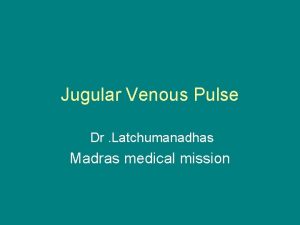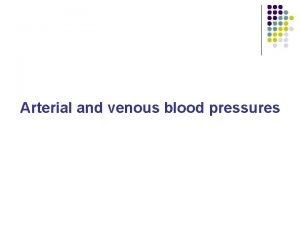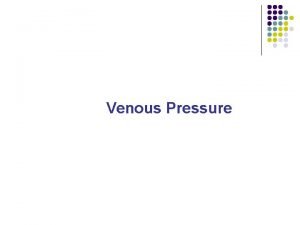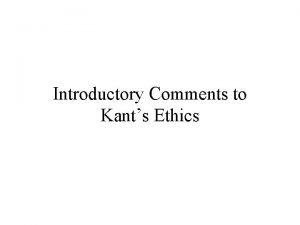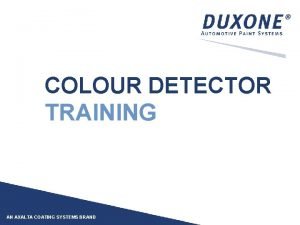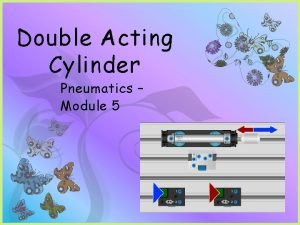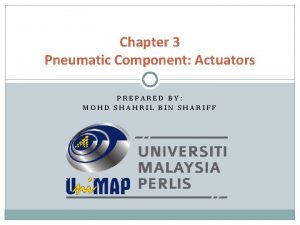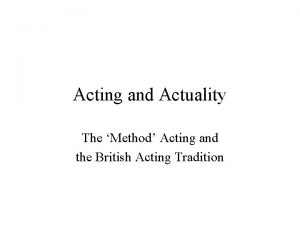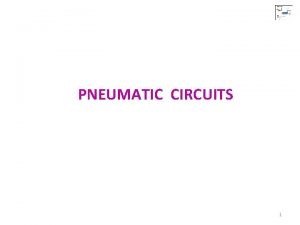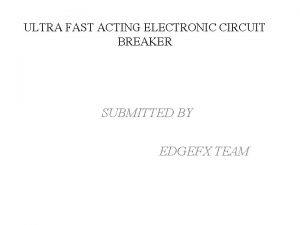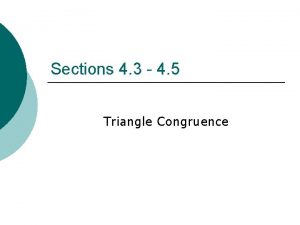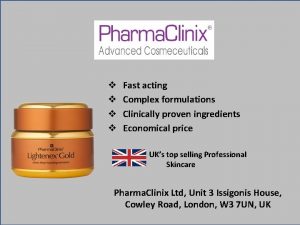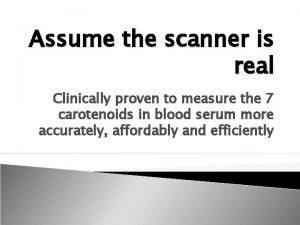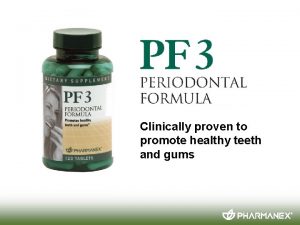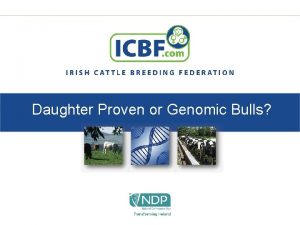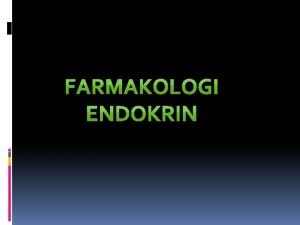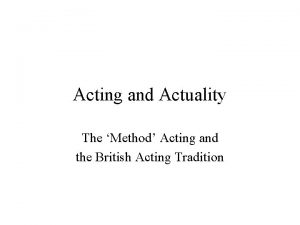v v Fast acting Complex formulations Clinically proven


















- Slides: 18

v v Fast acting Complex formulations Clinically proven ingredients Economical price UK’s top selling Professional Skincare Pharma. Clinix Ltd, Unit 3 Issigonis House, Cowley Road, London, W 3 7 UN, UK

Lightenex® Bright INGREDIENTS: 1. 2. 3. 4. 5. 6. BETA ARBUTIN 2% OCTADECENE-DIOIC 2% (DIOIC ACID) NIACINAMIDE 4% (NICOTINAMIDE) MAGNESIUM ASCORBYL PHOSPHATE 2% LIQORICE EXTRACT 2% SALICYLIC ACID 2%

The Science Behind Lightenex® Bright

Lightenex® Bright v Beta Arbutin 2% - Blocks rate limiting enzyme Tyrosinase to reduce Melanin synthesis. v Octadecene-dioic (Dioic acid) 2% - Di-Carboxylic acid like azelaic acid prevents synthesis of m. RNA of the enzyme tyrosinase. Most effective in melasma & post inflammatory hyperpigmentation. v Niacinamide 4% - Prevents transfer of melanosomes from melanocytes to epidermal keratinocytes. v Magnesium ascorbyl phosphate 2% - Excellent water soluble Vitamin C prevents the generation of free radicals which are instrumental in encouraging melanin synthesis. v Liqorice extract 2% - Tyrosinase Inhibitor reducing melanin synthesis. v Salicylic acid 2% - Mild keratolytic & anti-inflammatory agent reducing trigger chemicals that stimulate melanocytes to make melanin.

How It Works? Tyrosinase is the key rate limiting enzymes which acts on two stages of melanin synthesis. v Beta arbutin, Dioic acid, Liqorice extract & Magnesium ascorbyl phosphate (MAP) all reduce the activity of tyrosinase. v Niacinamide works after the making of melanin & prevents its transfer from melanocytes which are deep in the epidermis to keratinocytes.

Indications For Lightenex® Bright v Epidermal pigmentation (woods lamp positive). v For depigmentation therapy of the epidermis before laser treatment of deep dermal pigmentation. v Superficial melasma and maintenance after intermediate chemical peel.

Directions Step 1 Wash the area to be treated. Exfoliate with a gentle face scrub. Step 2 Massage cream into the skin until fully absorbed (apply twice daily). Step 3 Apply Sun Blockex ® Max SPF 50, ten minutes after applying the Lightenex® Bright cream.

How quickly does Lightenex® Brigh v 4 -6 weeks are required to see the first benefit. i. e. The time taken for epidermal cells to travel to the surface and be shed. Better results are achieved with continued use

Lightenex® Bright v Superficial hyperpigmentation & melisma v Before laser treatment of deep dermal pigmentation v Maintenance cream, once hyperpigmentation is cleared

Niacinamide A 138 (one hundred and thirty eight ) subject clinical trial using 5% and 2% Niacinamide as well as detailed in-vitro studies showed: v Niacinamide gave 35 -68% inhibition of Melanosome transfer in the coculture (melanocyte/keratinocyte) model v Niacinamide significantly: v Decreased hyperpigmentation v Increased skin lightness (compared with vehicle alone after 4 weeks of use). Reference (6) : Hakozaki, T. , Minwalla, L. , Zhuang, J. , Chhoa. M. , Matsubara, A. , Miyamoto, K. , Greatens. A. , Hillebrand, G. , Bissett D, and Boissy, R. (2002), The effect of Niacinamide on reducing cutaneous pigmentation and suppression of Melanosome transfer. British Journal of Dermatology, 147: 20 -31. doi: 10. 1046/j. 1365 -2133. 2002. 04834. x

Octadecenedioic 2% (Dioic acid) (Study 4) An open comparative study of ninety six (96 female) Melasma patients in a 12 week study between: Dioic Acid 1% & Hydroquinone 2% showed: v more pruritus with hydroquinone v Dioic acid as effective as Hydroquinone Efficacy of Dioc (Octadecene-dioic acid)compared with Hydroquinone in the treatment of Melasma. Int J Dermatol. 2009 Aug; 48(8): 893 -5. Tirado-Sanchez A, Santamaria-Roman A, Ponce. Olivera RM.

Dioic acid 2% (study 1) A twenty patient placebo study on patients of Indian and Pakistani origin given Dioic acid 2% over 8 weeks showed: v A significant reduction in melanin (p<0. 025) measured both by chromameter & mexameter. The Melanogenesi s &mechanisms of skin lightening agents, existing & new approaches. Inter Jour of Cosmetic Science , Volume 33, issue 3 June, pages 210 -221. J M Gillbro, M J Olsson.

Dioic acid 2% (study 2) In-vitro studies using Dioic acid 2% in melanoma cells showed: It binds to PPAR -gamma receptors on melanocytes to: v Reduce Tyrosinase m. RNA production by 54% v Reduce tyrosinase production by 52% v Reduce melanin synthesis by 46% Int Journ of Cosmetic Science-2005, 27, 123 -132. Anew mechanism of action for Skin Whitening agents: binding to PPAR. J W Weichers, A V Rawlings, C Garcia, C Chesne, P Balaguer, J C Nicholas, Corre&M D Gilbert. Uniqema Skin R&D, Gouda, The Netherlands. A V R Consulting Ltd, 26 Shavington way, Northwich, Cheshire, UK. Endocrinologie Moleculaire et Cellulaire des Cancers, Montpelier, France. Lab Genetique et Developpement, CNRS UMR 6061, Faculty of Medicine, University of Rennes, 1 -2 Leon Bernard Avenue, 35043 Rennes , France.

Beta Arbutin (Study 1) In vitro studies of human melanocytes exposed to Arbutin at concentrations below 300 μg/m. L reported decreased tyrosinase activity and melanin content. v. Beta Arbutin is a glycosalated hydroquinone and directly competitively inhibits Tyrosinase & v. Beta Arbutin is slowly hydrolyzed by skin organisms to Hydroquinone which lightens the skin. Inhibitory effects of arbutin-β-glycosides synthesized from enzymatic transglycosylation for melanogenesis, Biotechnology Letters, Volume 30, Number 4, 743 -748, DOI: 10. 1007/s 10529 -007 -9605 -1. So-Young Jun, Kyung-Min Park, Ki-Won Choi, Min Kyung Jang, Hwan Yul Kang, Sang-Hyeon Lee, Kwan-Hwa Park and Jaeho Cha J Cosmet Dermatol, 2008 Sep; 7(3): 189 -93. Hydrolysis of arbutin to hydroquinone by human skin bacteria and its effect on antioxidant activity. Bang SH, Han SJ, Kim DH.

Magnesium Ascorbyl Phosphate (Study 5) A Clinical Study using Magnesium Ascorbyl Phosphate 2% on a total of 34 patients with chloasma or senile freckles showed the lightening effect to be significant on 19 of the 34 patients. v. In addition 1. 6% of the cream remained in the epidermis 48 hours after application. Inhibitory effect of Magnesium ascorbyl phosphate on Melanogenesis in vitro and in vivo. Journal of American Academy of Dermatology. 1996 Jan; 34(1): 29 -33. Kameyama K, Sakai C, Kondoh K, Nishiyama S, Tagawa M, Murata. T, Ohnuma T, Quigley J, Dorsky A, Bucks. D, Blanock K. Det of Dermatology, Kitasato University School of Medicine, Sagamihara, Japan

Liquorice Extract Glabridin is a component of Liquorice Extract. This study investigated inhibitory effects of Glabridin on melanogenesis and inflammation. The results indicated that Glabridin: v Inhibits tyrosinase activity of melanoma cells at concentrations of 0. 1 to 1. 0 microg/ml v Decreased specifically the activities of T 1 and T 3 tyrosinase isozymes. v UVB-induced pigmentation and erythema in the skins were inhibited. The inhibitory effect of glabridin from licorice extracts on melanogenesis and inflammation. Pigment Cell Res. 1998 Dec; 11(6) 355 -61, Yokota T, Nishio H, Kubota Y, Mizoguchi M. Basic Research Laboratory, Kanebo, LTD, Odawara, Kanagawa, Japan.

Lightenex® Bright In an Independent study of 50 volunteers with woods lamp positive (Epidermal only) hyperpigmentation between the ages of 32 -66, Lightenex® Bright was applied twice daily for period of 8 weeks. This test was conducted on face & torso (decollagete) skin. The tests showed: v Absence of redness or peeling v Was well absorbed v 68% of volunteers felt a SIGNIFICANT improvement whereas 32%felt average improvement in hyper-pigmentation v Average measurable reduction of melanin of 40% (Mexameter 18) v 56% of volunteers felt the product was VERY GOOD. 24% (12) felt it was the same as the ones upto now. 8 (16%) felt it was GOOD and 2 felt no change.

usion Concl Lightenex® Bright Works www. pharmaclinix. com
 Prominent x descent
Prominent x descent How to measure jvp
How to measure jvp How to measure jvp
How to measure jvp The categorical imperative examples
The categorical imperative examples Kant first categorical imperative
Kant first categorical imperative Duxone colour formulations
Duxone colour formulations Serial polyadic dp formulation
Serial polyadic dp formulation Difference between direct and indirect pneumatic circuit
Difference between direct and indirect pneumatic circuit Difference between single acting and double acting
Difference between single acting and double acting Method acting vs natural acting
Method acting vs natural acting Single acting cylinder circuit diagram
Single acting cylinder circuit diagram Fast acting circuit breaker
Fast acting circuit breaker Acid fast vs non acid fast
Acid fast vs non acid fast Acid fast and non acid fast bacteria
Acid fast and non acid fast bacteria 3 4 5 triangle
3 4 5 triangle Misys tiger allscripts
Misys tiger allscripts Proven amazon course for $99
Proven amazon course for $99 Adopting proven technology instead of experimental
Adopting proven technology instead of experimental Wisdom is justified by her deeds
Wisdom is justified by her deeds
